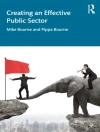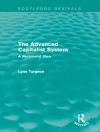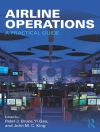Geothermal springs constitute a major tourism resource, providing spectacular settings, recreation facilities, a recognised value in treatments beneficial for health and wellness, a sense of heritage and adventure, and links with the natural environment. Health and wellness tourism accounts for a significant proportion of the world’s tourism consumption, with components ranging from hot spring bathing for leisure and recreation, through mineral water use in health treatments under the supervision of highly specialised medical professionals, to water treatments in the wellness and beauty therapy sector and the use of mineral water for drinking purposes. This makes it an economically and socially important area of tourism demanding in-depth analysis. This book explores health and wellness tourism from a range of perspectives including usage, heritage, management, technology, environmental and cultural features, and marketing.
Jadual kandungan
1 Introduction: The Development of the Health and Wellness Spa Industry
2 The Health and Wellness Concept: A Global Overview
3 The Use of Natural Hot and Mineral Springs throughout History
4 The Cultural and Religious Use of Water
5 The Geological Background of Natural Hot and Mineral Springs
6 The Health and Wellness Spa Tourism Industry Environment
7 The Technology and Economics of Health and Wellness Spa Tourism
8 Aspects of Management and Marketing in Health and Wellness Spa Tourism
9 Case Studies from the Contemporary World
10 Conclusions: Retrospect, Challenges and the Future
Mengenai Pengarang
Malcolm Cooper is Vice President (Research) at Ritsumeikan Asia Pacific University in Japan and lectures in tourism law and tourism development and planning. His research interests include tourism development and planning, sustainable development and management of environmental resources.












